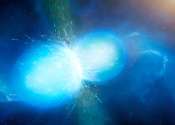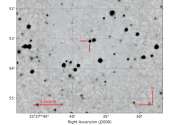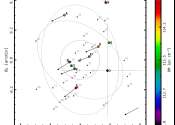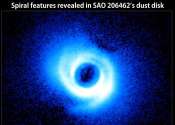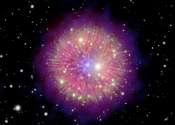Supercomputer simulations decode the mass puzzle of the first stars
Ching-Yao Tang and Dr. Ke-Jung Chen from the Institute of Astronomy and Astrophysics, Academia Sinica (ASIAA) have made substantial progress in decoding the birth mass of the first stars using the powerful supercomputer at ...





